COMR2010 - Cultural Diversity: Intercultural Competence Presentation
VerifiedAdded on 2022/09/17
|12
|802
|33
Presentation
AI Summary
This presentation provides a comprehensive overview of intercultural competence, a crucial skill in today's globalized world. It begins with a clear definition of intercultural competence and its significance, emphasizing the ability to interact effectively with individuals from diverse cultural backgrounds. The presentation then delves into key concepts and models, including Hofstede's cultural dimensions (power distance, individualism vs. collectivism, uncertainty avoidance, masculinity vs. femininity, long-term vs. short-term orientation, and restraint vs. indulgence) and Edward T. Hall's cultural factors (high and low context). These frameworks offer valuable insights into understanding cultural differences and navigating cross-cultural communication challenges. The presentation also addresses criticisms of intercultural competence, acknowledging the complexities and potential limitations of applying general frameworks to diverse individuals. This resource is designed to aid professional development by promoting effective communication and collaboration in multicultural environments. The presentation is an excellent resource for students looking to improve their understanding of intercultural competence and communication.
1 out of 12


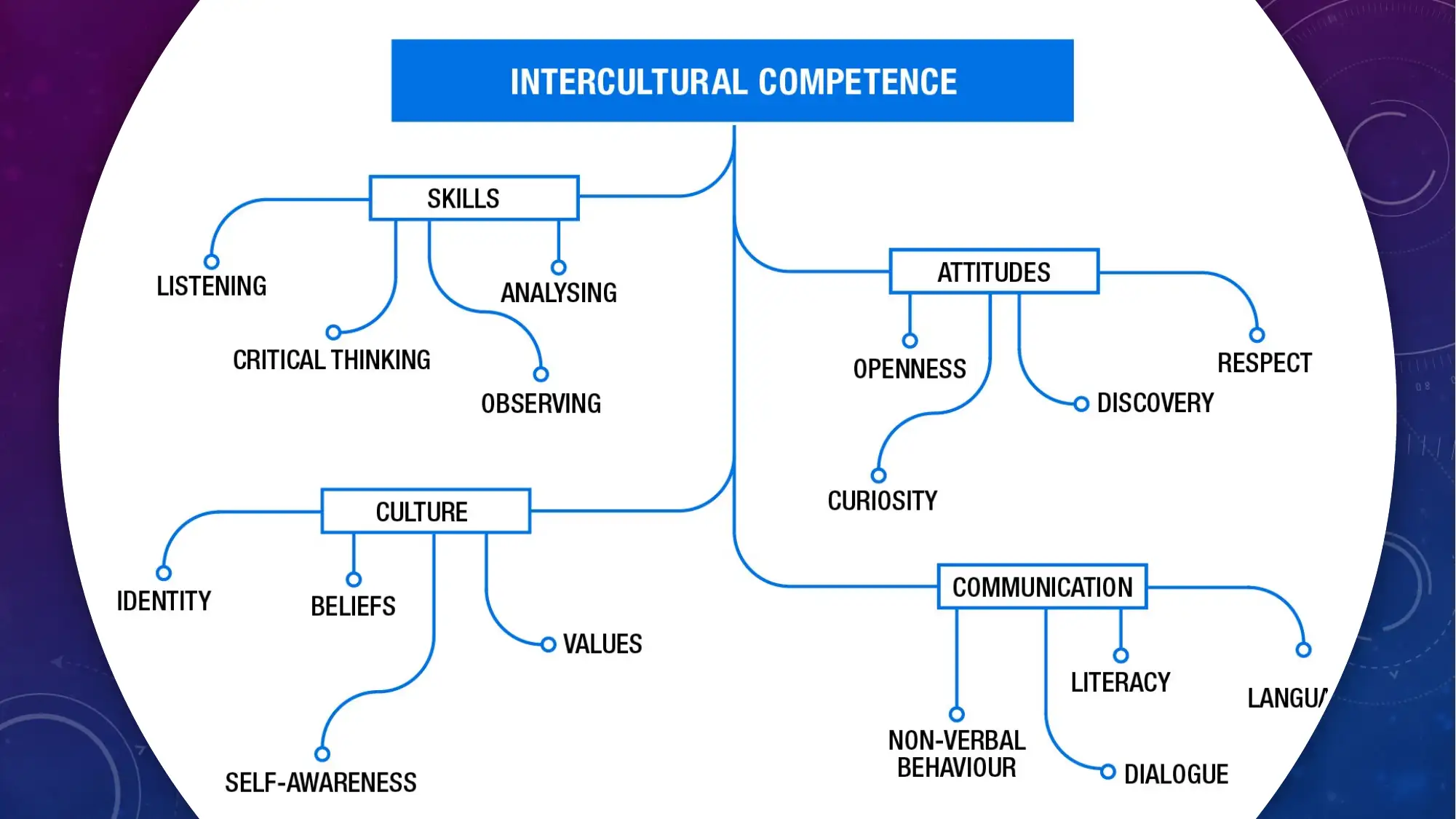

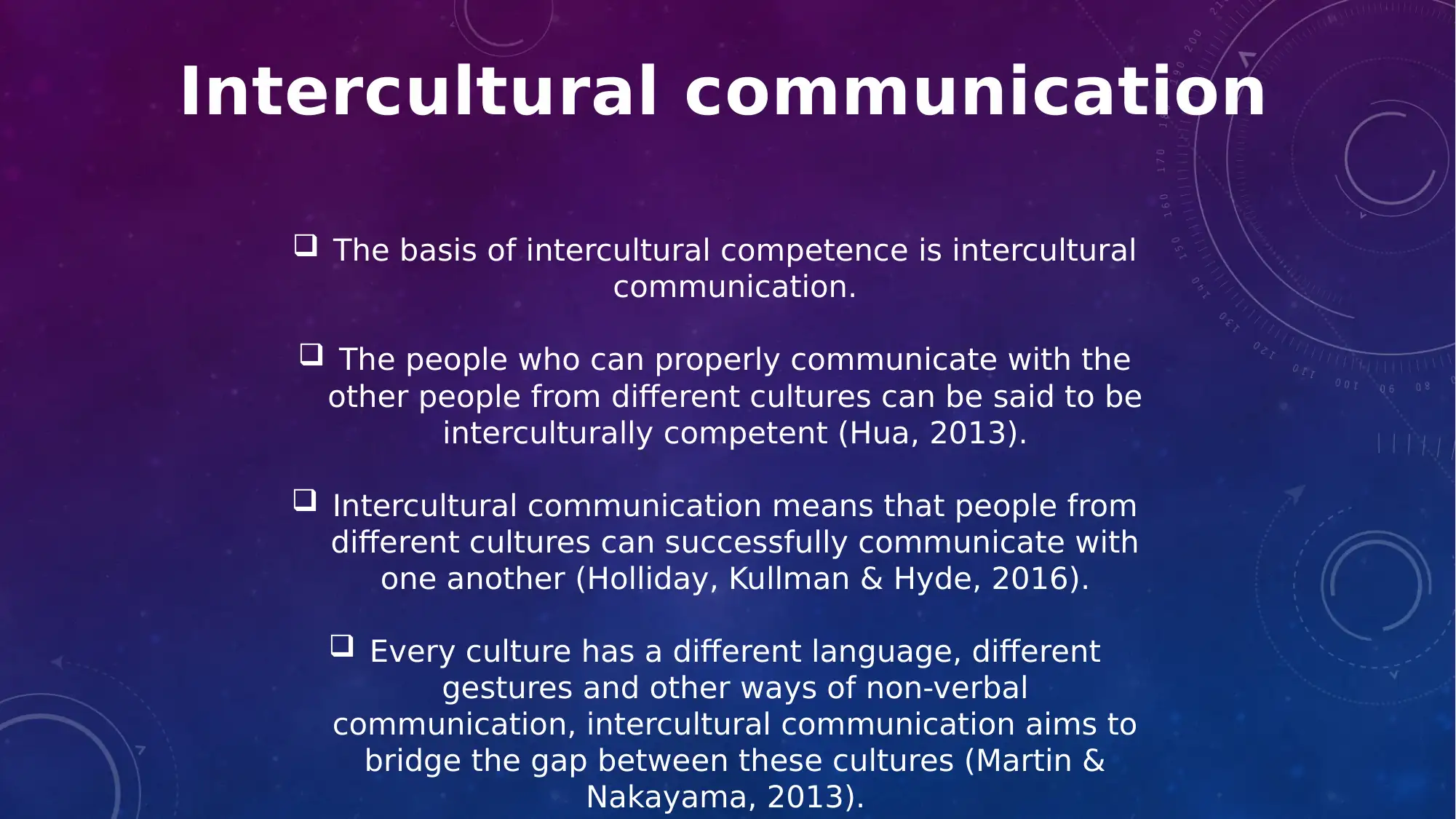

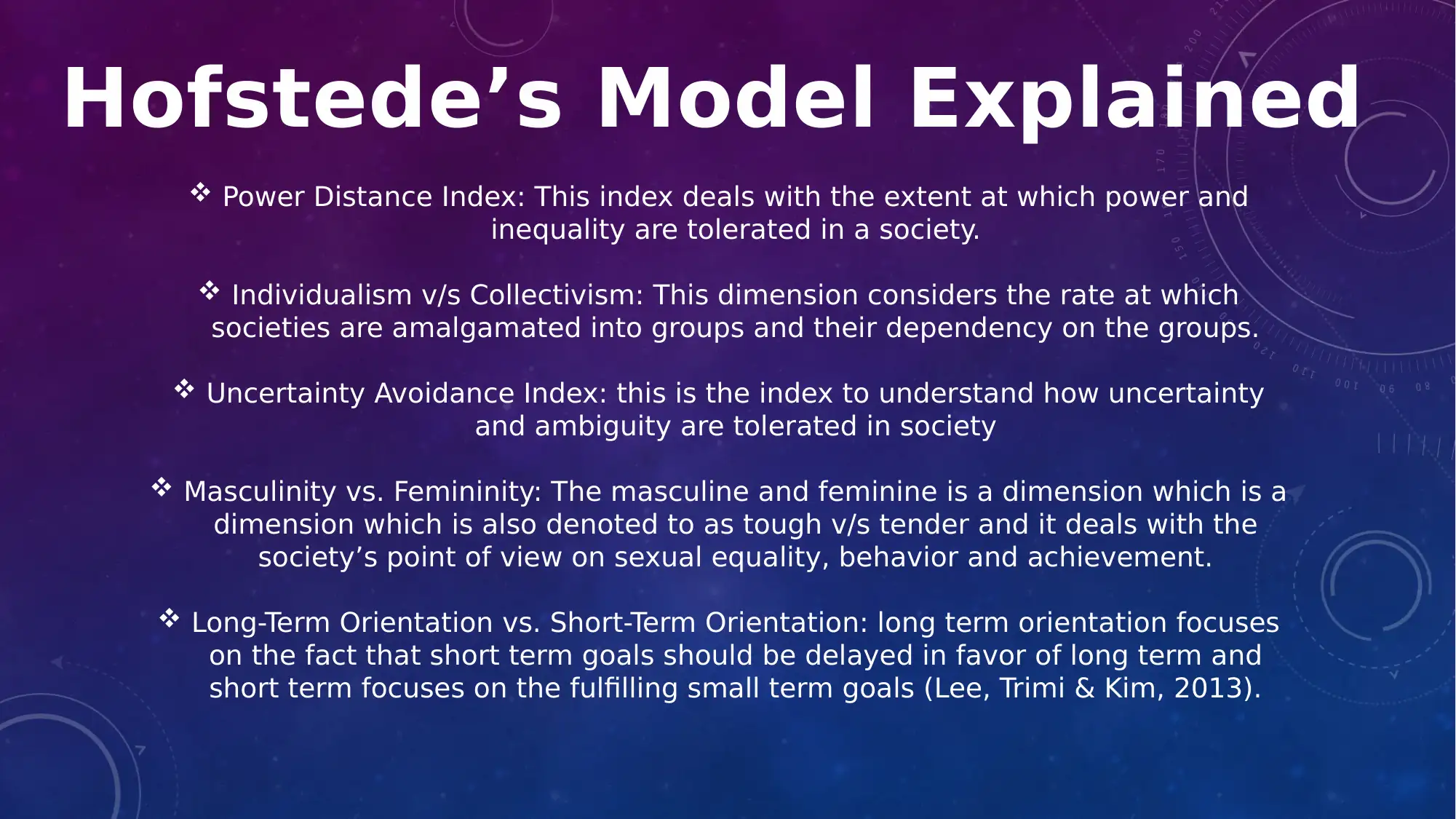
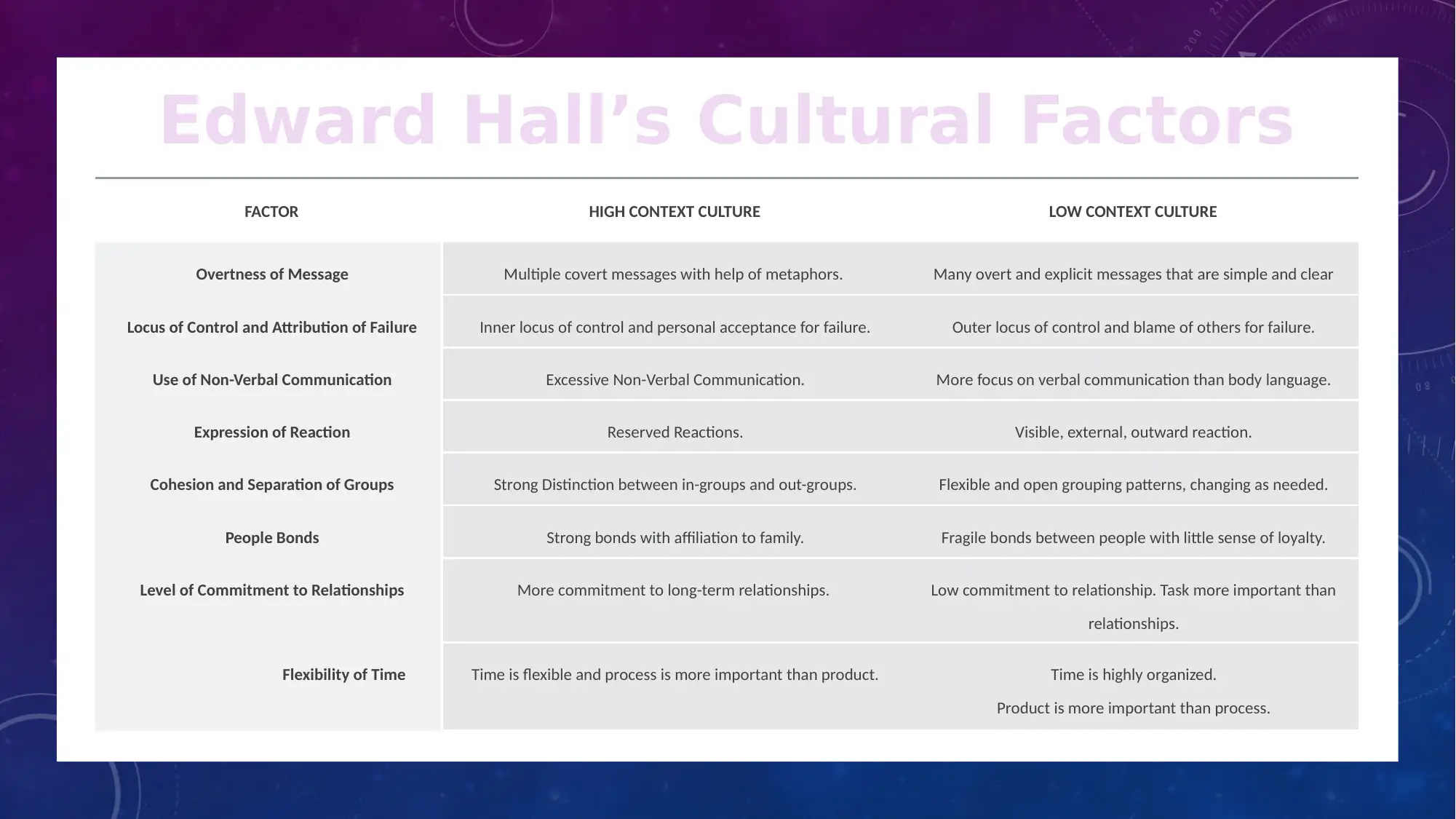
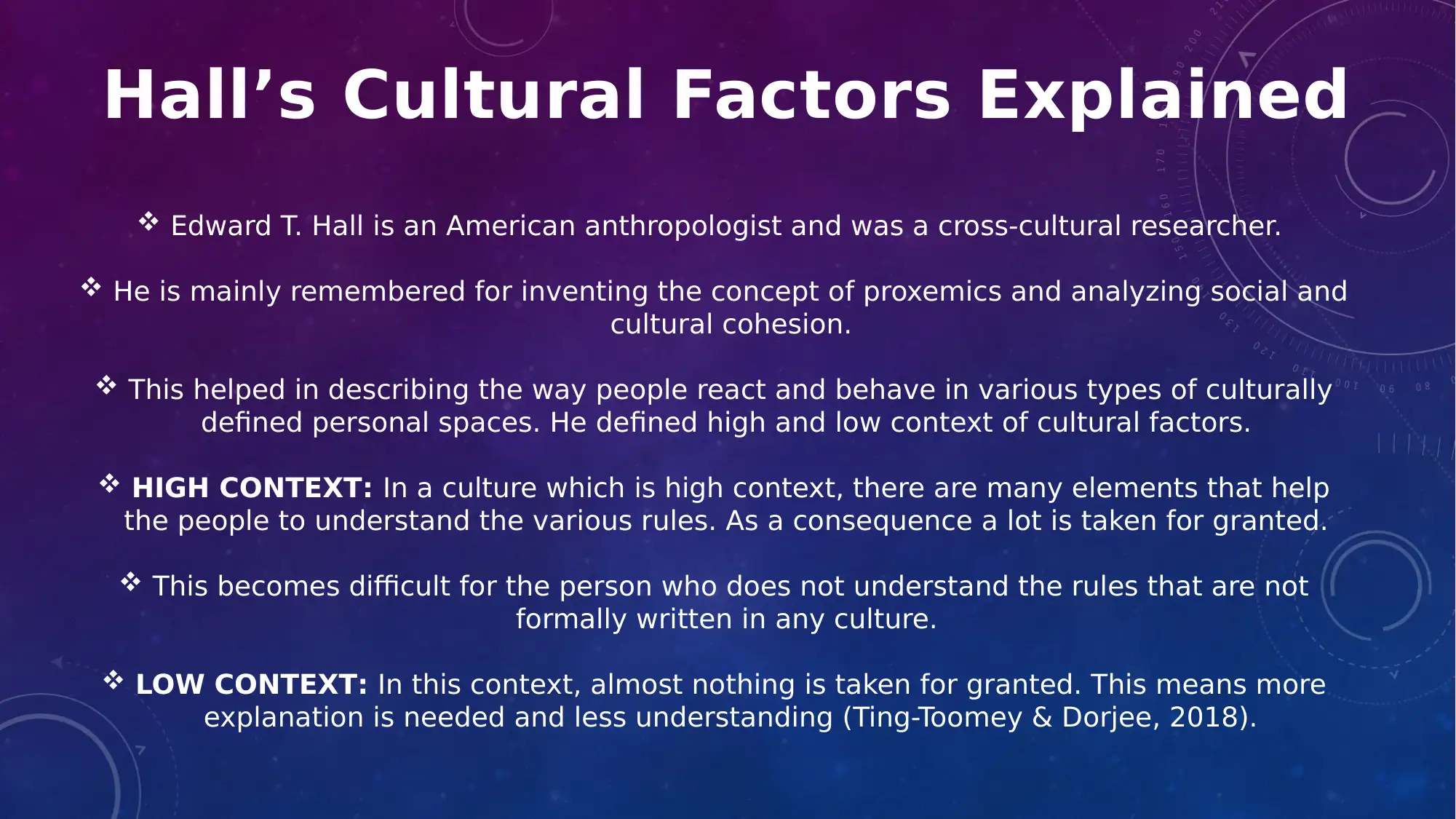
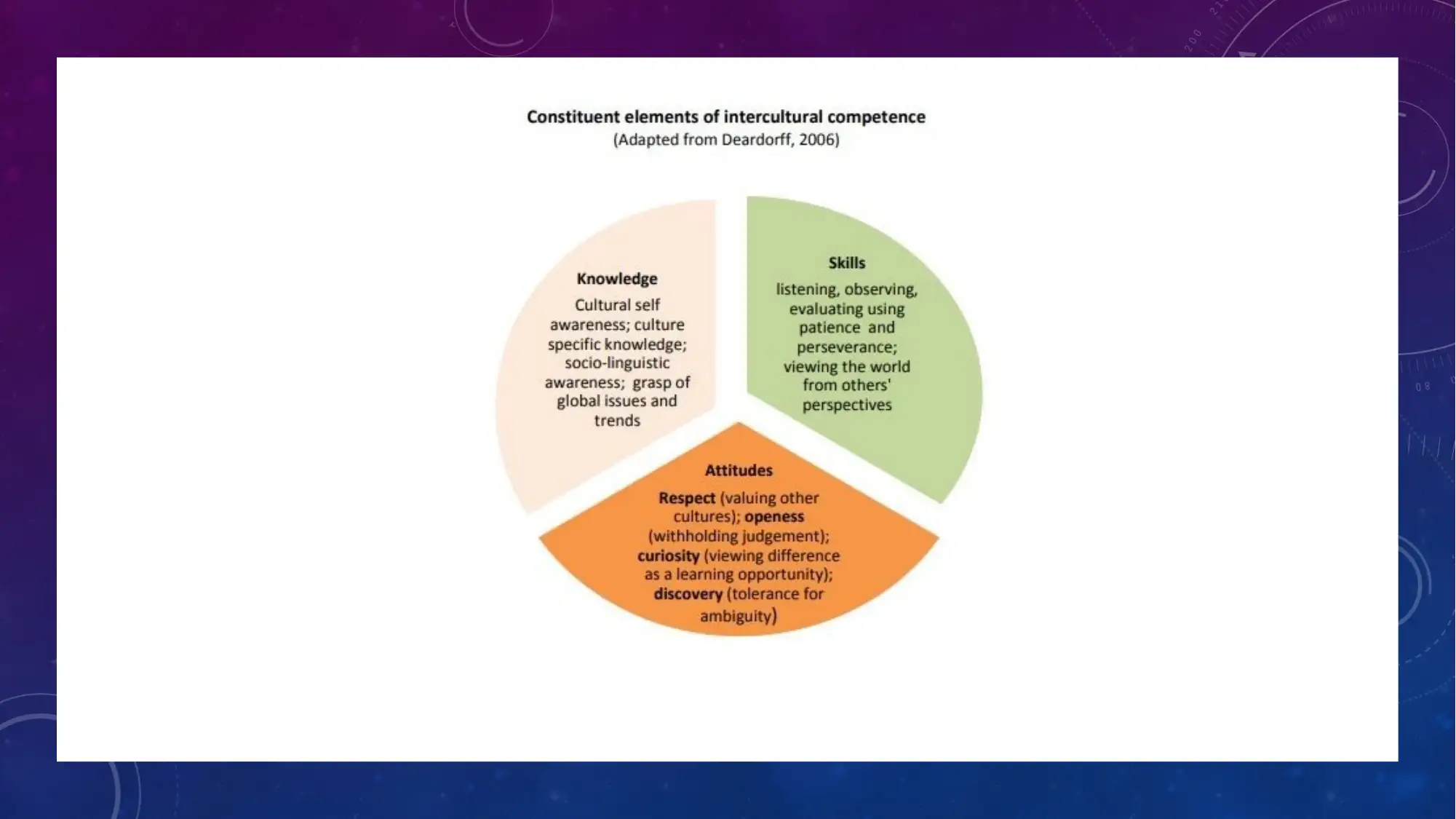
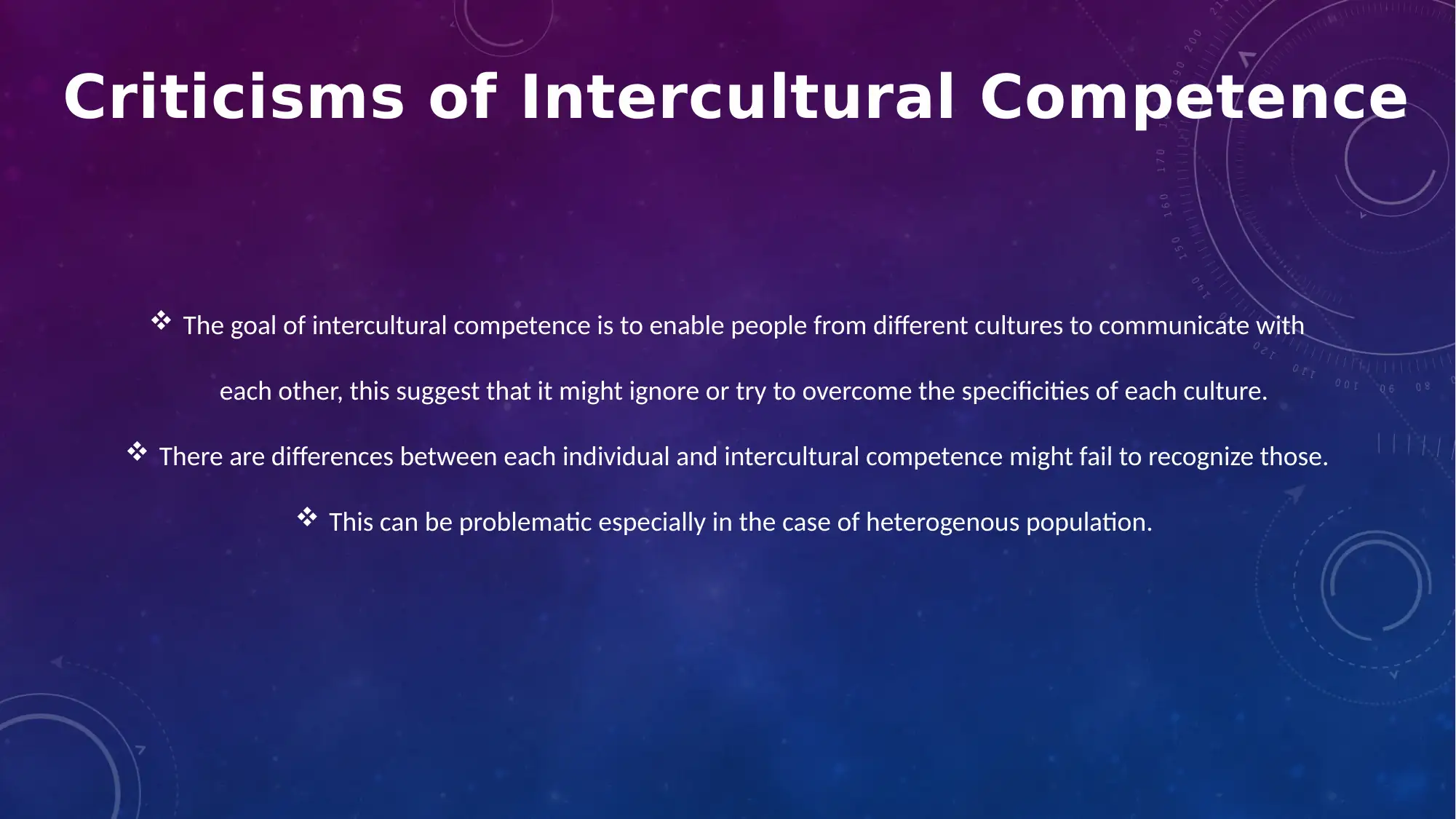
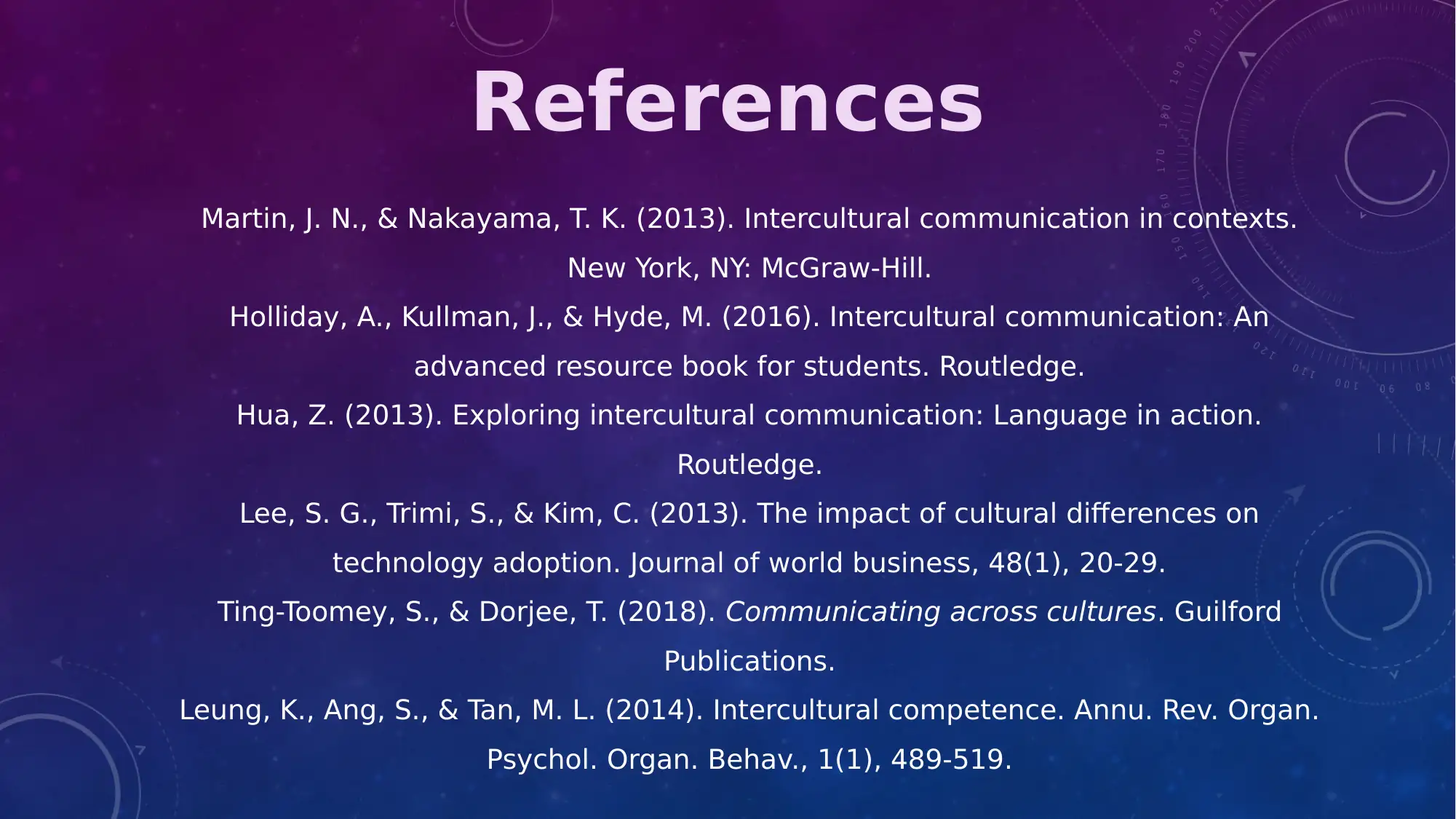







![[object Object]](/_next/static/media/star-bottom.7253800d.svg)